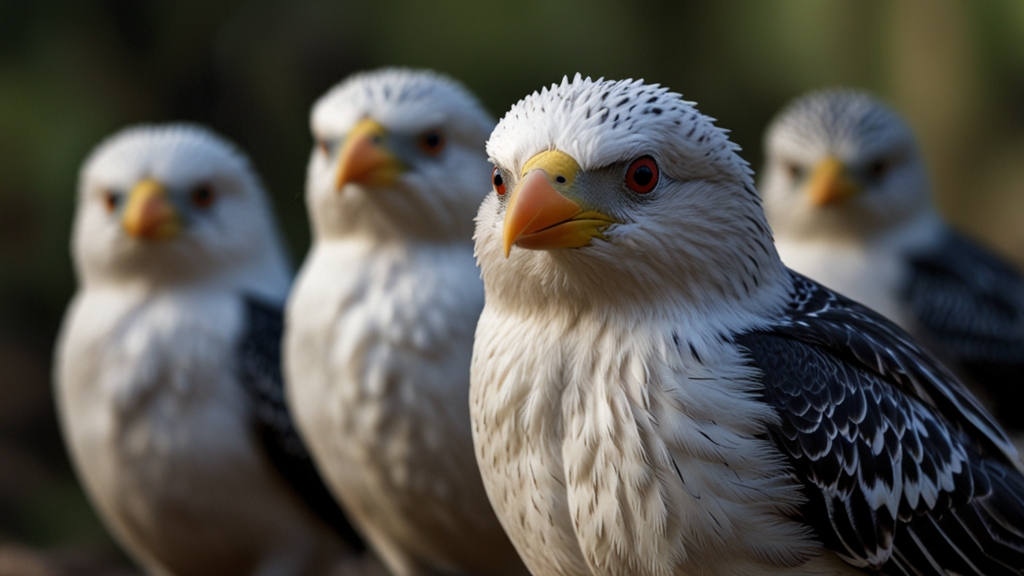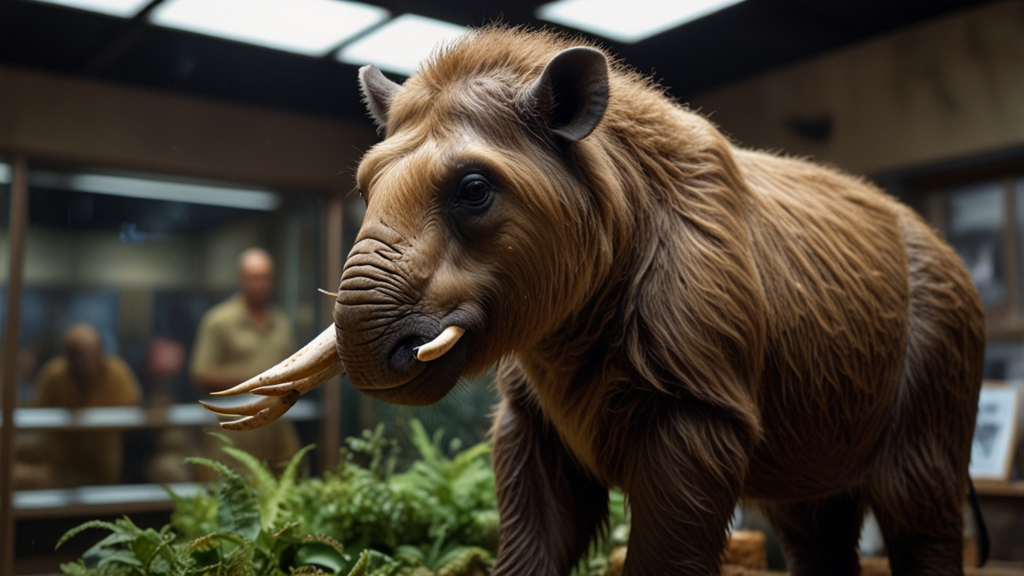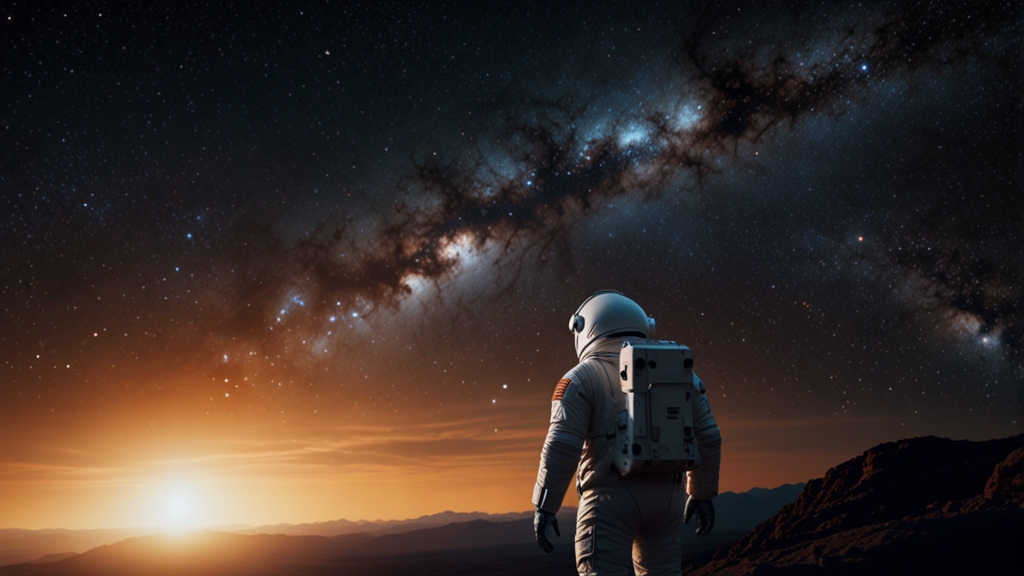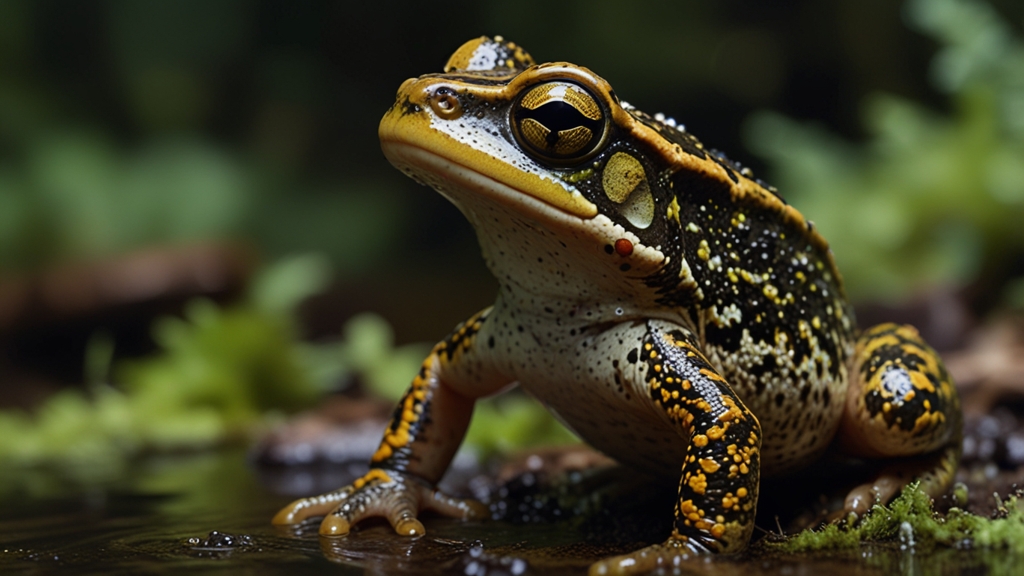The Most Endangered Birds in the World: A Call to Action
Birds are some of the most enchanting creatures that grace our planet, bringing beauty, song, and environmental health to our ecosystems. Unfortunately, many bird species are facing extinction, and their plight calls for urgent attention and action. This article delves into the causes of endangerment and highlights some of the world's most critically endangered birds, with a plea to take measures to preserve these remarkable creatures.
Understanding the Causes of Endangerment
The endangerment of bird species is a multifaceted issue, driven by several interlinked factors. Habitat loss is often the primary culprit, as human activities such as deforestation, urbanization, and agricultural expansion decimate the natural environments essential for birds to thrive. Pollution, including pesticides and chemical runoff, further degrades these habitats, poisoning food sources and water supplies.
Climate change exacerbates the situation, leading to shifts in weather patterns, temperature changes, and rising sea levels that disrupt migratory pathways and breeding cycles. Additionally, hunting and illegal trade present direct threats, particularly for birds prized for their plumage, song, or rarity.
"We are in the midst of a biodiversity crisis. Protecting endangered bird species requires a comprehensive approach, addressing both immediate threats and underlying causes." – Dr. Jane Smith, Ornithologist
Spotlight on Critically Endangered Birds
1. The Spix's Macaw
Known for its striking blue feathers, the Spix's Macaw is a native of Brazil that has become a powerful symbol of conservation efforts. Habitat destruction and illegal trapping for the pet trade decimated their numbers, leading to the declaration of the species as extinct in the wild in 2000. Ongoing breeding and reintroduction programs offer a glimmer of hope for their revival.
2. The Kakapo
The Kakapo, a nocturnal and flightless parrot native to New Zealand, is another critical case. With fewer than 200 individuals remaining, the Kakapo's survival is imperiled by habitat destruction and predation by introduced species like rats and cats. Intensive conservation programs, including monitoring and predator control, are essential to safeguard this unique bird.
3. The California Condor
The majestic California Condor once soared across the skies of North America, but their population plummeted to just 27 individuals in 1987 due to habitat loss, lead poisoning, and egg collection. A captive breeding program has successfully increased their numbers, yet continued efforts are vital to ensure their sustainability in the wild.
"The California Condor's recovery illustrates the power of concerted conservation action, but it also reminds us of the fragile balance we must maintain to protect these living treasures." – Dr. Robert Lee, Conservation Biologist
A Call to Action
To prevent the extinction of these and other endangered birds, a global commitment to conservation is imperative. Governments and organizations must enact and enforce legislation protecting critical habitats and curbing illegal trade. Investment in research and captive breeding programs can help bolster populations and reintroduce species into the wild.
On an individual level, simple actions such as supporting conservation groups, advocating for policies that protect wildlife, and reducing one’s ecological footprint can make a significant difference. Public awareness campaigns and education can also foster a collective sense of responsibility and action.
Conclusion
The alarming decline of bird species around the world is a pressing issue that demands immediate attention. By understanding the causes, spotlighting the most endangered species, and calling for robust conservation measures, we can work together to ensure that these avian wonders continue to grace our planet for generations to come. The time to act is now, before it's too late.
"Every species lost is a story untold. We have the power and responsibility to ensure that these stories continue to be heard in the skies above us." – Dr. Emily Turner, Environmental Scientist










